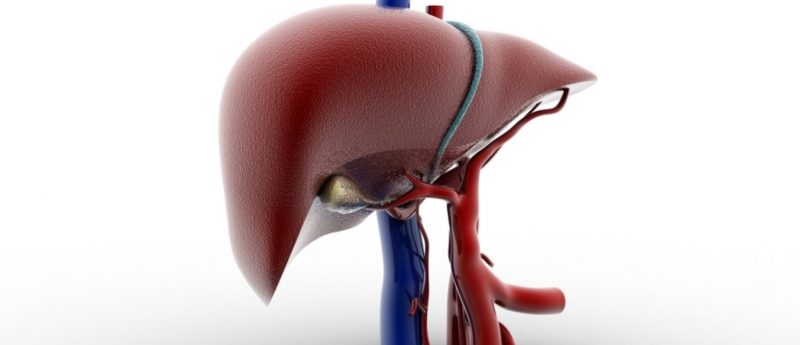Obtaining purer liver-like cells from pluripotent stem cells

Chemoproteomic cell surface capture technology outperforms traditional antibody approach in promising study
An improved method for the purification of liver cells produced from induced pluripotent stem cells (iPSCs) has been developed in a collaborative study between researchers from the Medical University of South Carolina (CA, USA), the University of Minnesota (MN, USA) and the Medical College of Wisconsin (WI, USA). It is hoped the new methodology could facilitate progress towards a major clinical goal, namely the ability to implant patients suffering from disease-causing mutation in liver cells with unmutated replacements derived from their own stem cells.
Progress towards this goal has, thus far, been hampered by the generation of heterogeneous cell populations that do not resemble diseased livers. The issue arises when iPSCs fail to mature uniformly into liver-like cells when given growth factors. Pervious methods have used antibodies to recognize markers of maturity on the cell surface and purify similar cells.
Instead of relying on antibody-based methods, in this study researchers utilized chemoproteomic cell surface capture (CSC) technology. Use of this technique allowed the group to map cell-surface proteins on hepatocytes and identify those that were most highly produced during the final stages of differentiation. The abundant protein identified was then targeted with an immunofluorescent marker and purified by fluorescence-activated cell sorting (FACS).
This novel method was observed to be successful and was reported to produce a population of highly pure, homogeneous and mature liver-like cells. “We think that by being able to generate pure populations, it will get rid of the variability, and therefore really help us combine with genome wide association studies to identify allelic variations that are causative of a disease, at least in the liver,” concluded last author Stephen Duncan (Medical University of South Carolina).
The group caution that their new method is still far from clinical translation but hope the approach will be used to improve study and modelling of liver disease in vitro.
Written by Hannah Wilson
Sources: Mallanna SK, Cayo MA, Twaroski K, Gundry RL, Duncan SA. Mapping the Cell-Surface N-Glycoproteome of Human Hepatocytes Reveals Markers for Selecting a Homogeneous Population of iPSC-Derived Hepatocytes. Stem Cell Reports. doi: 10.1016/j.stemcr.2016.07.016 (2016) (Epub ahead of print); EurekAlert Public Release www.eurekalert.org/pub_releases/2016-08/muos-pyl082916.php